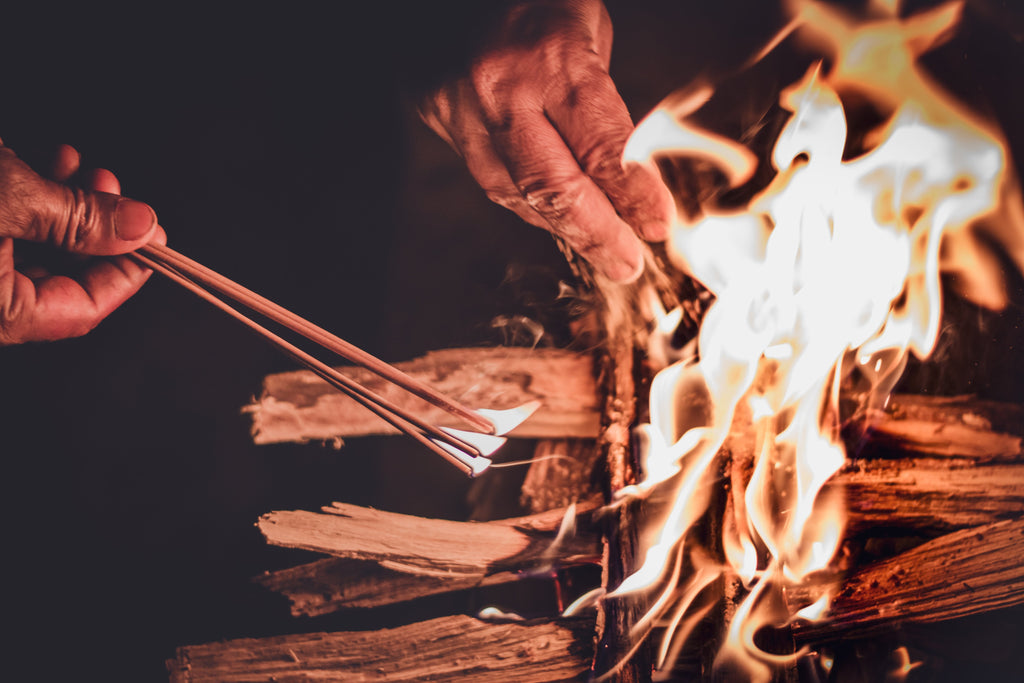The Return of Light

As we near the Winter Solstice, the shortest day and longest night of the year, some of us will celebrate the return of more daylight with a bonfire and a special gathering with family or friends. During our time in the Navajo Nation, we would travel just across the northern border of the reservation to celebrate Solstice in Bluff, Utah. A monumental and artistic willow weaving by a local artist, depicting a legendary animal of the region was respectfully burned in a huge bonfire.
Different cultures of the Northern Hemisphere mark the Solstice in different ways with special foods, dances, stories and honoring of ancestors. Stonehenge is a monument created by Neolithic People aligned with the movement of the Sun. The ancient Norse celebrated the Wild Hunt and called it Yule. For many Japanese, the winter solstice or Toji means the turning point from Yin to Yang, or from negative to positive energy, similar to the Dongzhi Festival of the Chinese, which incorporates the use of healing tonic teas and food. In the heart of the Alps, outdoor fires are lit in mountain villages to welcome a new season of snow. During the reign of the Inca Empire, the Inti Raymi celebration honored the return of the Sun God, Inti.
Closer to our homes in America, the ancient structures of Chaco in New Mexico align to solar calendars. The sacred Shalako ceremony of the Zuni invokes a blessing on newly built houses and reflects thanking of gods for the harvests of the year. The Hopi ceremonially bring the sun back from its long winter rest and mark the beginning of another cycle of the Wheel of the Year.
In American Indian culture, certain ceremonies follow a particular and proper time for occurrence, dictated by nature, the stars, and celestial events. The Plains People, like many American Indians, reserve traditional storytelling and certain games for the winter season. Teaching and entertaining might be shared during skin sewing, weaving, crafting or preparing special winter foods. Since 1970, the Arctic Winter Games draws the finest Indigenous athletes of the Far North regions to compete in both traditional and non-traditional winter sports. The affirmation of close family and kinship ties is reinforced during what might otherwise be a cold and difficult time.
Many of our artists and jewelers use this time to contemplate and prepare for the next season’s designs, orders and shows that happen in the summer months. We are grateful for the ancient respect of interconnectedness with our Earth, Sun, Moon and Stars, reflected in much of the art they share with our world.
